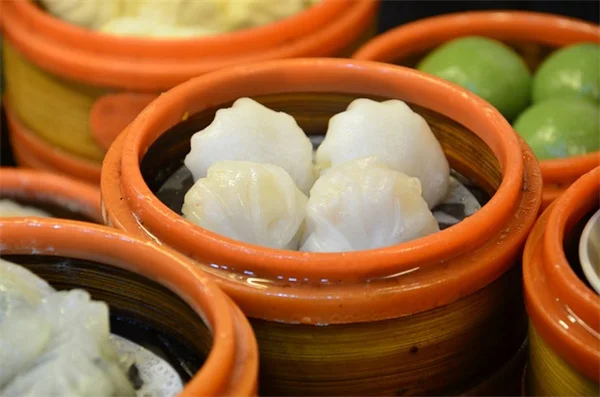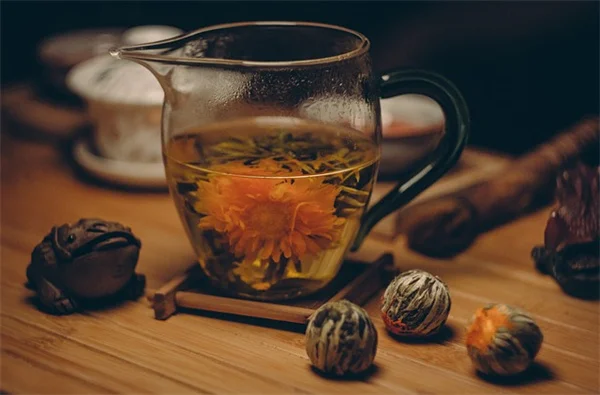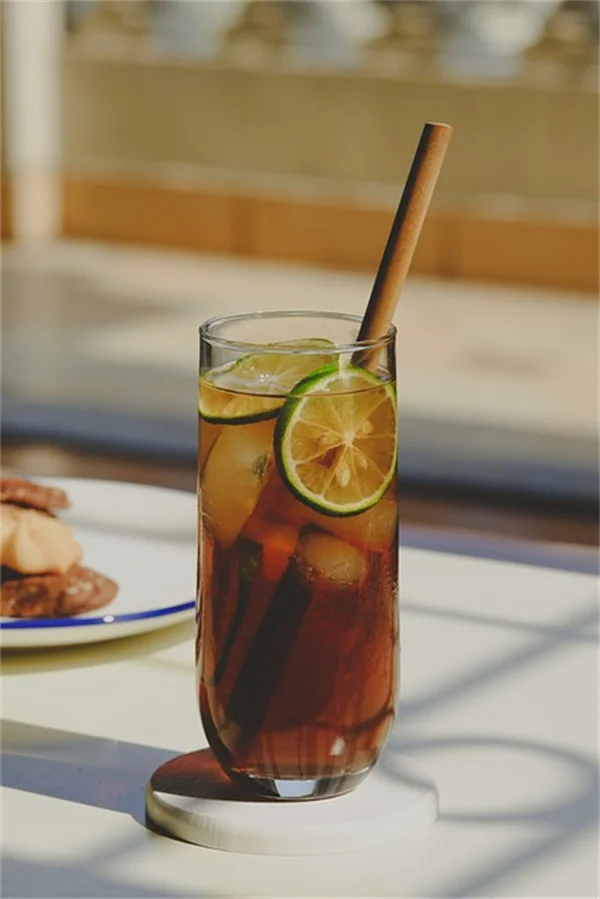How to Clean Engineered Hardwood Floors: 7 Essential Tips for Gorgeous Results
Wondering how to clean engineered hardwood floors? The answer is simple: keeping these floors clean is all about using the right techniques and products! Engineered hardwood floors are not only beautiful but also practical, especially when it comes to maintenance. With the right care, you can ensure they stay looking their best for years to come. In this article, I’ll share my go-to cleaning methods that anyone can follow, making it easy for you to keep your floors spotless, even with kids and pets running around. So, let’s dive in and discover how you can protect your investment while enjoying your stunning floors! 🧽✨
E.g. :Steam Clean Hardwood Floors: 7 Essential Tips for Safe and Effective Cleaning
- 1、Why Engineered Hardwood Floors Are a Game-Changer for Your Home
- 2、Your Daily Floor Care Routine Made Simple
- 3、Mopping Like a Pro Without the Stress
- 4、Product Pitfalls: What NOT to Use
- 5、Seasonal Floor Care Calendar
- 6、Final Pro Tips From a Floor Fanatic
- 7、FAQs
Why Engineered Hardwood Floors Are a Game-Changer for Your Home
The Smart Alternative to Solid Hardwood
Let me tell you why I'm obsessed with engineered hardwood floors! Unlike traditional solid hardwood that can warp like a potato chip in humidity, engineered wood has this genius layered construction. Picture this: a gorgeous real wood veneer on top (that's your showstopper) sitting on a plywood or fiberboard base (that's your stability superhero).
Here's a quick comparison to show why it's better for most homes:
| Feature | Solid Hardwood | Engineered Hardwood |
|---|---|---|
| Humidity Resistance | Poor (expands/shrinks) | Excellent (stable) |
| Installation Areas | Ground floors only | Anywhere (even basements!) |
| Maintenance | High (needs refinishing) | Easier (just clean properly) |
Built to Last Through Life's Messes
You know how kids and pets turn your floor into an obstacle course? Engineered hardwood laughs in the face of juice spills and paw prints. The protective factory finish is like armor for your floors. But here's the kicker - even superheroes need proper care. That's why we're diving deep into cleaning secrets that'll keep your floors looking fresh.
Your Daily Floor Care Routine Made Simple
 Photos provided by pixabay
Photos provided by pixabay
Sweeping: More Important Than You Think
Did you know that 80% of floor scratches come from dirt particles? That's right - those tiny grains act like sandpaper underfoot! I recommend keeping a soft-bristle broom by the door (mine has a cute fox design 🦊) and doing quick 2-minute sweeps in high-traffic areas.
Pro tip: Sweep in the direction of the wood grain to avoid pushing dirt into the grooves. And please - no corn brooms! Those stiff bristles belong in a witch's closet, not on your beautiful floors.
Vacuuming: The Secret Weapon
Here's a question: Why vacuum when you can sweep? Great question! Vacuums with special hardwood attachments (look for felt or rubber wheels) can suck up the fine dust that brooms leave behind. I vacuum my floors every Sunday while dancing to 80s hits - it makes the chore fly by! 🎶
Just avoid the beater bar setting unless you want to give your floors a bad haircut. Stick to the hard floor attachment and you're golden.
Mopping Like a Pro Without the Stress
The Perfect Mop Setup
After testing 15 different mops (yes, I went full mad scientist 🔬), here's my winning combo:
- Microfiber mop head (washes at 140°F to kill bacteria)
- Spray bottle with 1:10 vinegar/water mix
- Dry microfiber towel for quick drying
Spray a 3x3 foot area, mop immediately, then dry with the towel. This "little and often" approach prevents water damage while keeping floors sparkling.
 Photos provided by pixabay
Photos provided by pixabay
Sweeping: More Important Than You Think
Last Thanksgiving, my cousin spilled red wine on my floors. Panic? Nope! Here's the 3-step stain rescue:
- Blot (don't rub!) with a paper towel
- Make a paste of baking soda and water
- Gently scrub with a soft toothbrush
The stain vanished faster than my uncle's famous "I'll just have one drink" promise. 😆
Product Pitfalls: What NOT to Use
The Chemical Hall of Shame
These products should come with a "Danger: Floor Killer" warning label:
- Steam mops - The heat delaminates the layers
- Oil soaps - Create nasty buildup
- Ammonia cleaners - Strip the finish
I learned this the hard way when my "all-natural" orange cleaner left sticky residue that attracted every dust bunny in the neighborhood.
The Magic of pH-Neutral Cleaners
Why does pH matter for floors? Think of your floor's finish like your skin - too acidic or alkaline and it gets irritated. pH-neutral cleaners (look for 7 on the scale) clean effectively without damaging the protective coating.
My current favorite is Bona Hardwood Floor Cleaner. It's like giving your floors a spa day - gentle, effective, and leaves them smelling fresh without harsh chemicals.
Seasonal Floor Care Calendar
 Photos provided by pixabay
Photos provided by pixabay
Sweeping: More Important Than You Think
Set a calendar reminder for these easy tasks:
- Rotate area rugs (prevents uneven fading)
- Check for scratches (quick touch-ups prevent bigger issues)
- Inspect floor vents (dust buildup reduces HVAC efficiency)
Annual Deep Clean
Every spring, I do a "floor detox" weekend:
- Move all furniture (hello, long-lost LEGO pieces!)
- Use a wood floor cleaner with a scrub brush for edges
- Apply a fresh coat of manufacturer-recommended finish
This keeps my floors looking like the day they were installed, even after 5 years and two very enthusiastic golden retrievers!
Final Pro Tips From a Floor Fanatic
Furniture Footwear Matters
Those felt pads on chair legs? They're like sneakers for your furniture! Replace them when they get dirty or worn (about every 6 months). I buy them in bulk and keep extras in a kitchen drawer - it's saved my floors from countless scratches.
The 10-Minute Rule
Here's my golden rule: Never leave spills for more than 10 minutes. Set a timer if you have to! Quick action prevents 90% of potential damage. Keep microfiber cloths in every room so you're always ready for life's little accidents.
Remember, your engineered hardwood floors are an investment in your home's beauty and value. With these simple care techniques, they'll keep looking fabulous for decades. Now go enjoy your stunning floors - you've earned it! ✨
To wrap things up, knowing how to clean engineered hardwood floors is key to keeping them beautiful and lasting for years. I hope you found the tips on daily care routines, from sweeping and vacuuming to mopping and tackling stains, helpful! Remember, engineered hardwood floors are designed to withstand life's messes, but they still need our attention. Using the right cleaning products, like pH-neutral cleaners, will ensure you maintain their shine without causing damage. So, as you go about your cleaning routine, keep that 10-minute rule in mind to tackle spills quickly and prevent any long-term issues. If you have any questions or want to share your own cleaning tips, feel free to drop a comment below! Let's keep our floors looking fabulous together! 🌟
Additionally, have you considered how the choice of cleaning tools can impact your floor's longevity? Investing in quality mops and vacuum attachments specifically designed for hardwood can make a world of difference. And don't forget about seasonal deep cleaning—making it a habit can prevent dirt buildup and keep your floors looking brand new. Keep exploring different cleaning techniques and products to find what works best for your space, and let’s make sure those engineered hardwood floors shine bright in every room of your home! 🏠✨
E.g. :How to Clean Engineered Hardwood Floors: What is the Best Way ...
FAQs
What are the main benefits of engineered hardwood floors compared to solid hardwood?
Engineered hardwood floors offer several advantages over solid hardwood. They are more stable and resistant to humidity changes, which means they won't warp like solid hardwood can. This makes them an excellent choice for various areas in your home, including basements. Plus, their maintenance is simpler—just regular cleaning is needed, while solid hardwood often requires refinishing. If you're looking for durability and versatility, engineered hardwood is definitely the way to go!
How often should I clean my engineered hardwood floors?
For optimal care, I recommend sweeping your engineered hardwood floors at least once a week to prevent dirt build-up. In addition, vacuuming with a hardwood attachment can be done weekly to pick up fine dust. Mopping should be done every month or as needed, using a pH-neutral cleaner. By keeping a regular cleaning schedule, you can protect your floors and keep them looking fabulous for years to come!
Can I use steam mops on my engineered hardwood floors?
No, you should avoid using steam mops on engineered hardwood floors. The heat from steam mops can cause the layers of engineered wood to delaminate, leading to irreversible damage. Instead, stick to a microfiber mop with a gentle cleaning solution. This way, you’ll maintain your floors' integrity while ensuring they stay clean and fresh!
What should I do if I spill something on my engineered hardwood floors?
When spills happen, the key is to act quickly! I always say: never leave spills for more than 10 minutes. Blot the spill with a paper towel instead of rubbing it in. For tougher stains, like red wine, you can make a paste of baking soda and water, gently scrub it with a soft toothbrush, and watch the stain disappear. Quick action can save your floors from potential damage!
Are there any products I should avoid when cleaning my engineered hardwood floors?
Absolutely! It's crucial to steer clear of certain products that can harm your engineered hardwood floors. Avoid steam mops, oil soaps, and ammonia cleaners, as they can strip finishes or cause buildup. Instead, opt for pH-neutral cleaners, which are gentle yet effective. My go-to is Bona Hardwood Floor Cleaner—it’s like a spa day for your floors without the harsh chemicals!


